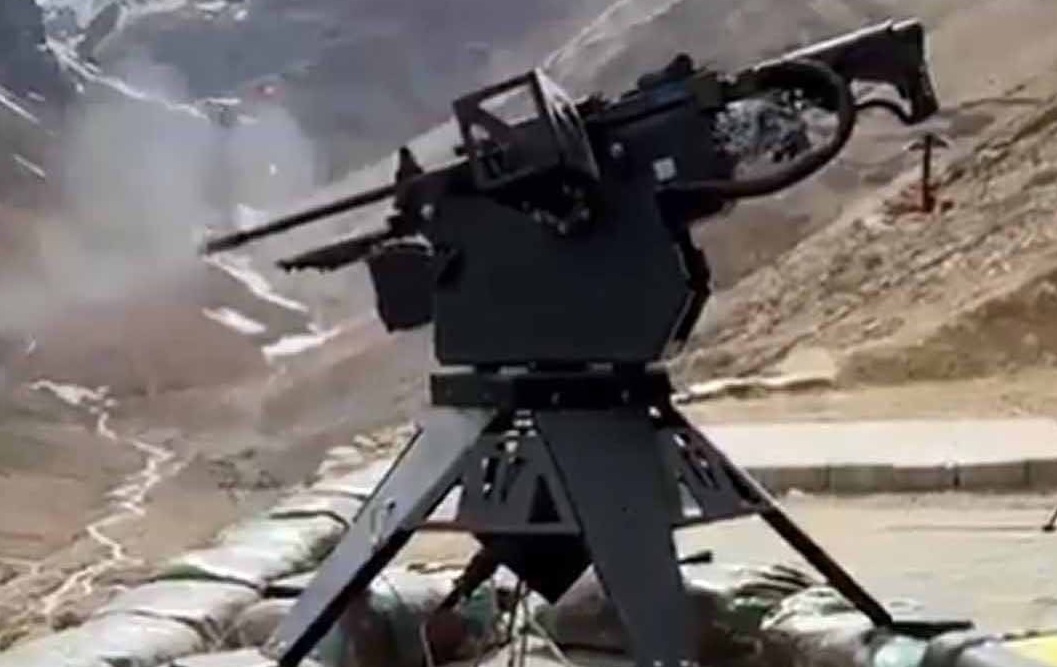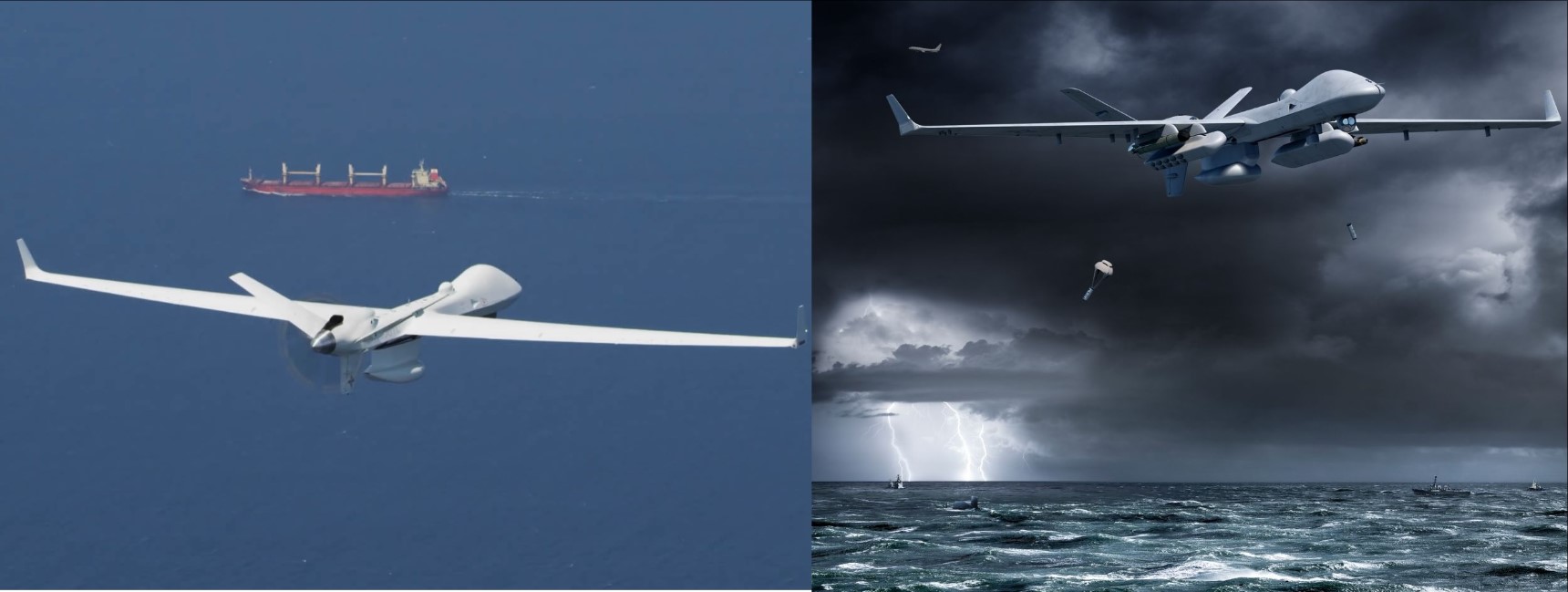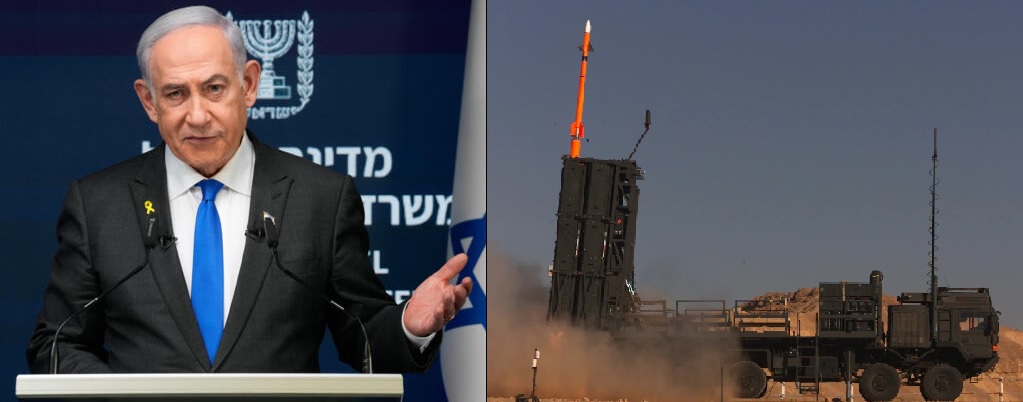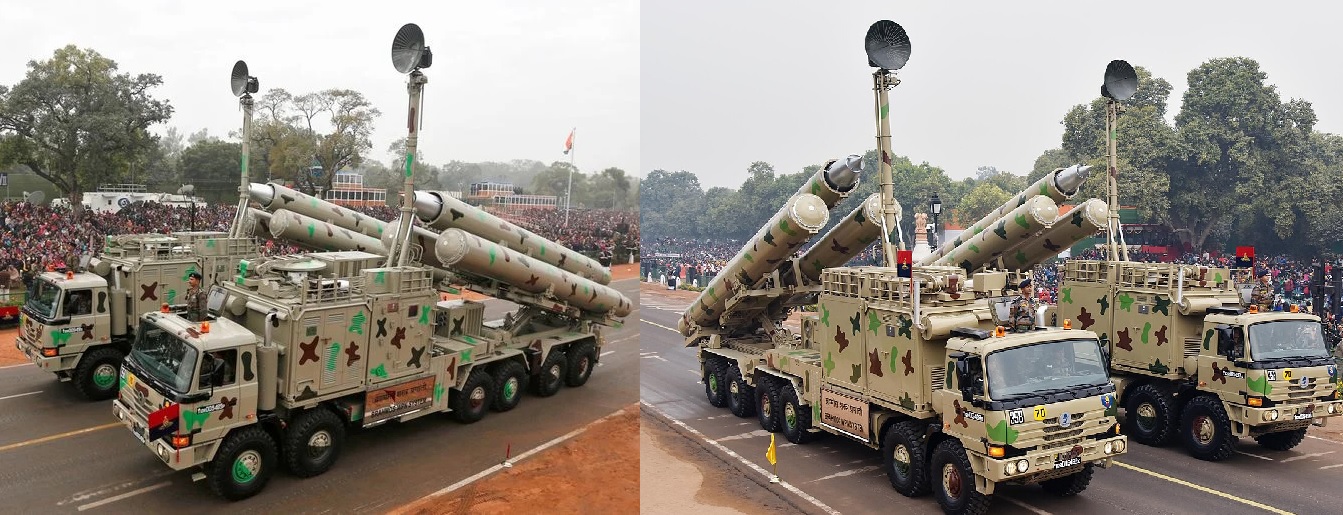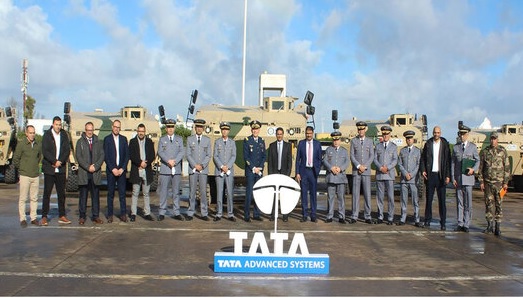U.S Army Seeks Faster Target Recognition and Detection Capability

Defense News - The US Army has issued a request for industry input on an enhanced target recognition and detection capability utilizing machine learning (ML) algorithms. The objective is to significantly reduce the sensor-to-shooter engagement time, thereby enhancing attack efficiency.
Unlike the current system, the sought-after capability should be versatile enough to detect generic classes of targets rather than being limited to specific identifications. This shift aims to prevent the risk of missing potential targets due to inadequately trained algorithms. The current system relies on an extensive training image database for specific targets, each captured under a range of conditions, such as different terrains, target poses, lighting, and partial occlusion.
The US Army highlights that the existing requirement poses limitations in detecting targets under new and untrained conditions. The recently-issued request for information (RFI) emphasizes the need for a machine learning-optimized target recognition and detection solution capable of handling both trained and untrained targets in various environmental conditions.
According to the notice, the new solution should exhibit enhanced reliability to ensure consistent dependability for soldiers across different mission types and environmental conditions. Soldiers should also be able to operate and troubleshoot the capability without sacrificing performance.
The RFI specifies that the software must be designed in a way that facilitates rapid upgrades to the latest algorithms, preferably in an automated, cyber-secure fleet management fashion. This emphasis on agility and security is crucial for keeping the technology up-to-date and resilient.
Interested companies have until January 12, 2024, to respond to the request. Responses are expected to provide detailed answers to 32 questions, covering aspects such as the solution ability to track multiple targets moving at maximum speeds. The US Army quest for an advanced ML-driven target recognition system underscores the military commitment to leveraging cutting-edge technology for improved operational capabilities.
✍️ This article is written by the team of The Defense News.
